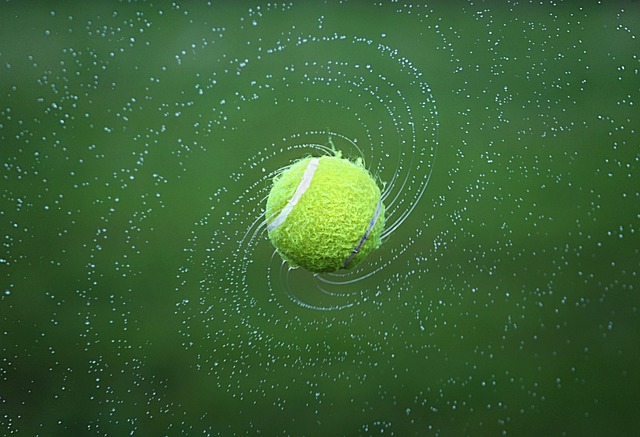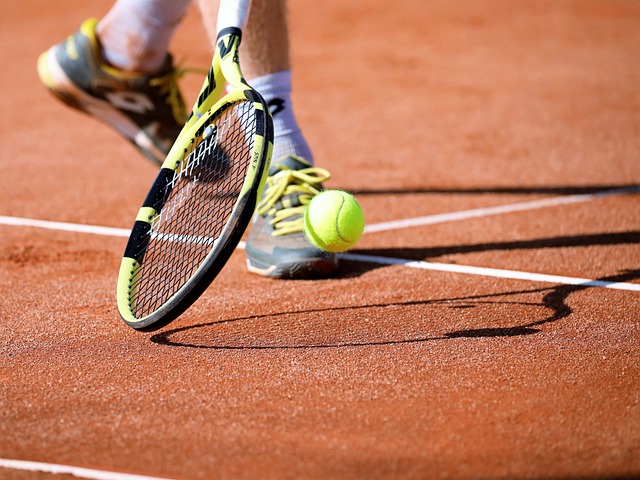Essential Tennis Training Equipment Gear Up for Success
Tennis, a sport combining agility, strategy, and precision, requires not just skill but also the right equipment to train effectively. Whether you're a beginner or an advanced player, having the appropriate training gear is crucial in your journey through tennis lessons. This article explores the essential tennis training equipment, offering insights into how each piece can enhance your game, with a special focus on the tennis landscape in Singapore.
The Basic Toolkit for Tennis Training
Before diving into advanced equipment, it's important to understand the basic gear required for tennis lessons.
1. Quality Tennis Rackets
The tennis racket is your primary tool. Selecting a racket that suits your playing style and skill level is vital.
2. Suitable Tennis Balls
Using high-quality tennis balls can significantly impact your training. They come in different types for varying skill levels and court surfaces.
3. Comfortable Tennis Shoes
Tennis involves a lot of lateral movements. A good pair of tennis shoes provides the necessary support and reduces the risk of injury.
Advanced Training Equipment
As you progress in your tennis lessons, advanced equipment can further enhance your training.
1. Ball Machines
Ball machines are excellent for practicing strokes and improving consistency. They can simulate various types of shots and speeds, providing a comprehensive solo training experience.
2. Swing Analyzers
These devices attach to your racket and provide data on your swings, helping you understand areas of improvement.
Incorporating Fitness Equipment
Physical fitness is as important as technique in tennis. Incorporating fitness equipment into your training regime can significantly improve your game.
1. Resistance Bands
Resistance bands are great for strength training and improving your range of motion, which is crucial for powerful strokes.
2. Agility Ladders
Agility ladders help improve footwork, a critical aspect of tennis.
The Role of Training Aids in Skill Development
Training aids are instrumental in developing specific aspects of your game during tennis lessons.
1. Target Cones
Using target cones helps improve accuracy and precision in shots.
2. Rebounders and Backboards
These tools are excellent for practicing volleys and groundstrokes, especially when a playing partner is not available.
Case Study: Impact of Equipment on Training
A study conducted by the Singapore Tennis Association revealed that players who used specific training equipment showed quicker improvement in their skills compared to those who did not (Source: Singapore Tennis Association).
Technology and Tennis Equipment
The integration of technology in tennis equipment has revolutionized training methods.
1. Smart Rackets
Smart rackets come with built-in sensors that provide detailed feedback on your performance, including shot power and spin.
2. Virtual Reality Training
VR technology is being used to simulate match scenarios, providing an immersive training experience.
The Importance of Proper Equipment Maintenance
Maintaining your tennis equipment is essential for optimal performance. Regularly check and replace worn-out gear to ensure consistency in your training.
Choosing the Right Equipment for Your Needs
Selecting the right equipment depends on your skill level, training goals, and personal preferences. It's important to choose gear that complements your style of play and enhances your strengths.
Conclusion: Equipping Yourself for Tennis Excellence
Investing in the right tennis training equipment is a crucial step in your journey through tennis lessons. The appropriate gear not only enhances your training experience but also accelerates your skill development, setting you on the path to tennis excellence.
Ready to elevate your game with the right training equipment? LessonPlan offers comprehensive tennis lessons and guidance on selecting the best tennis gear for your needs. Visit us to explore a range of options and start your journey towards becoming a tennis pro.


